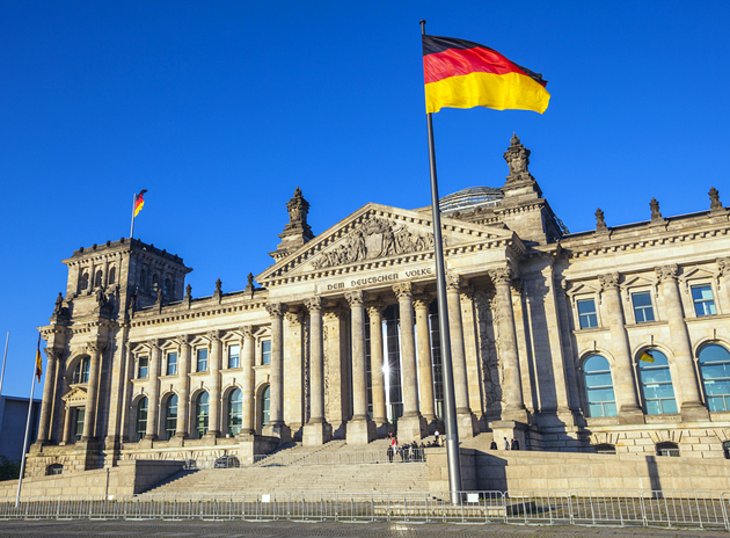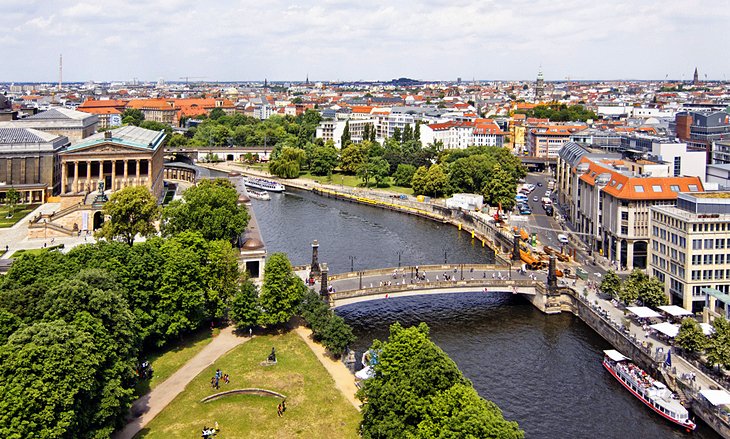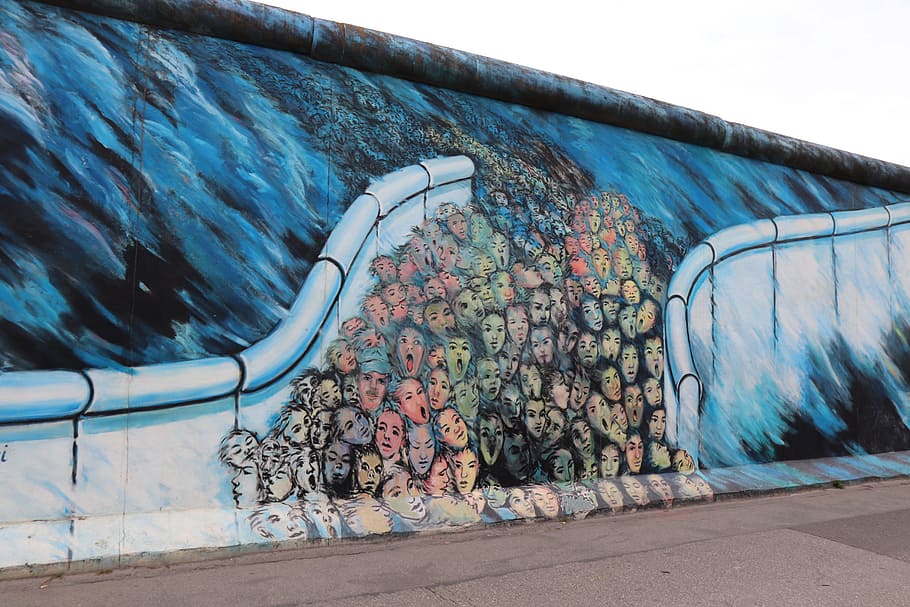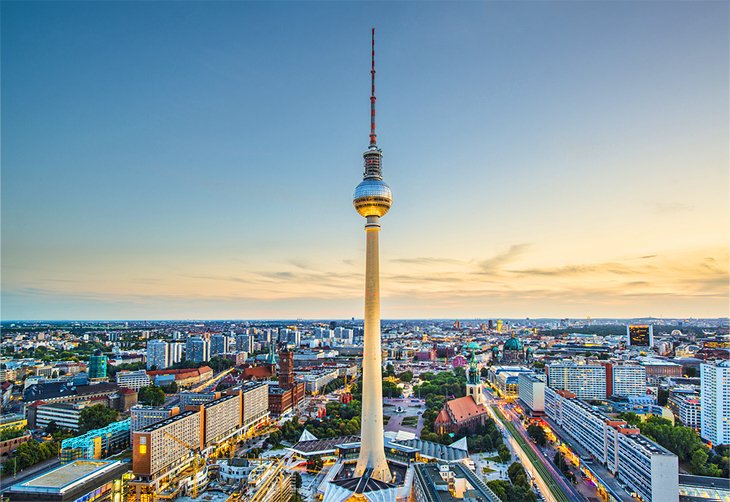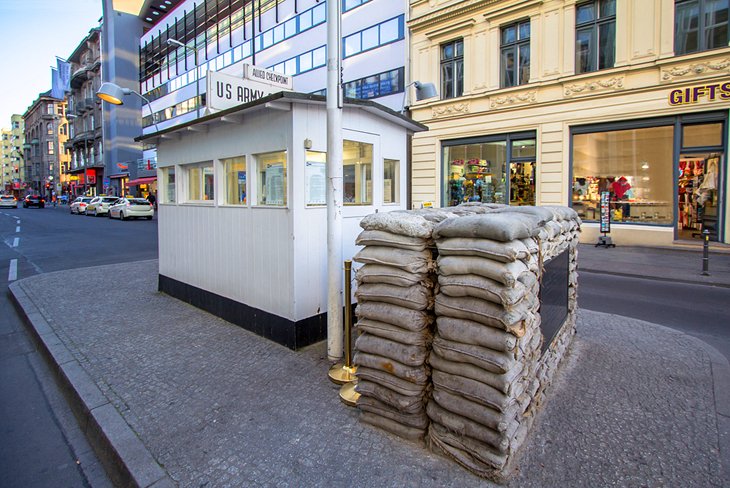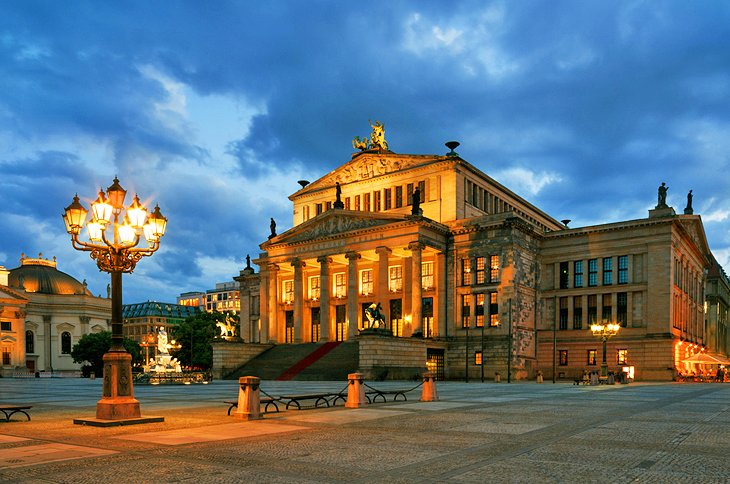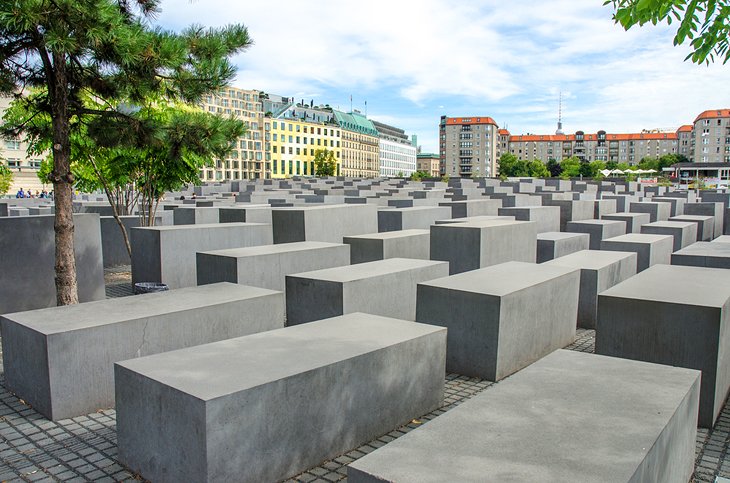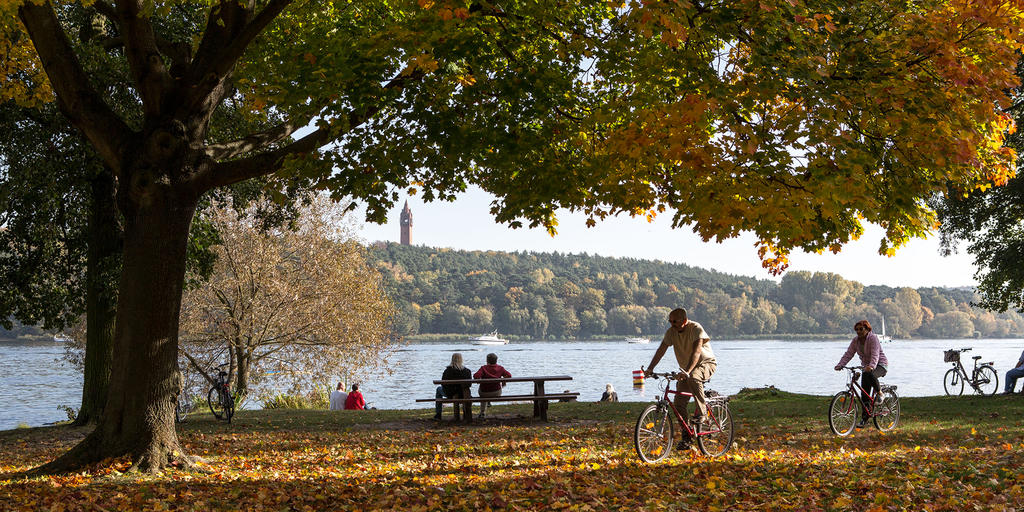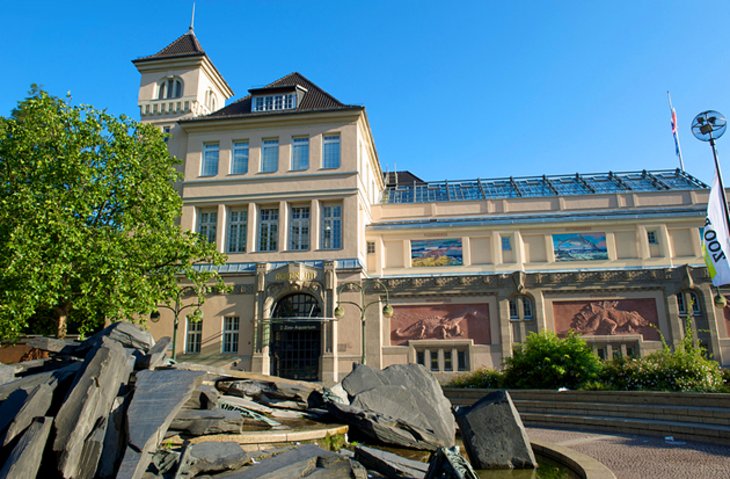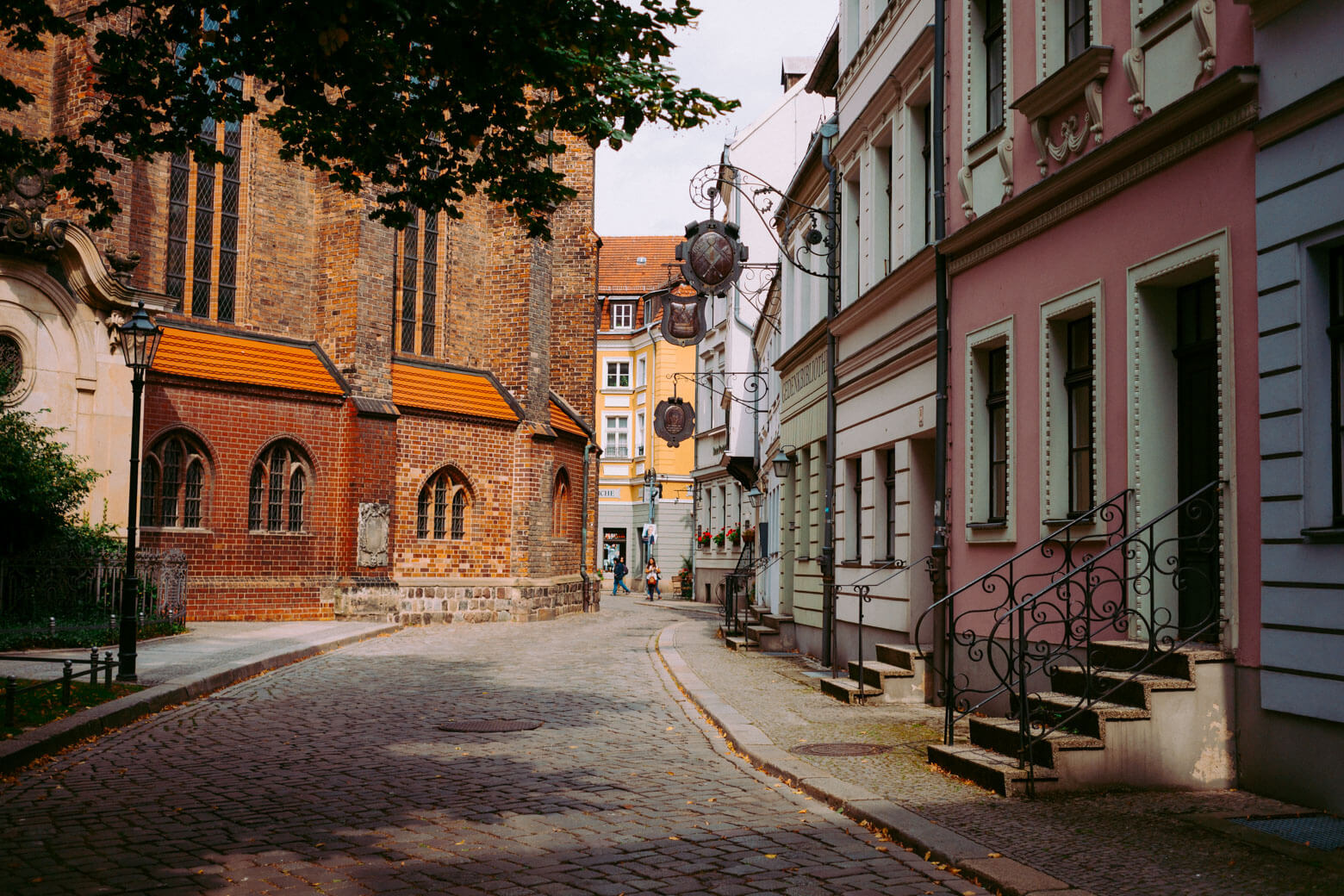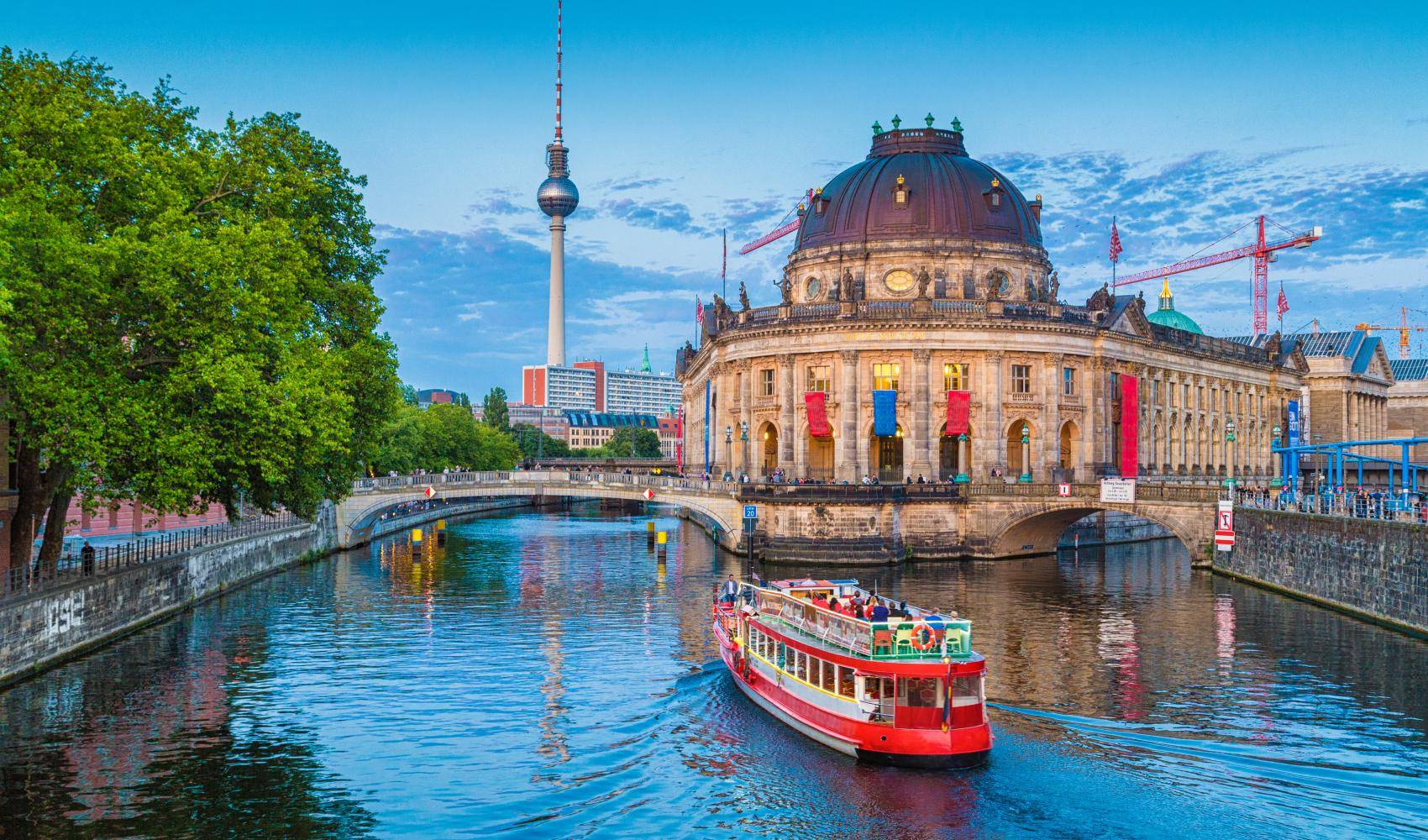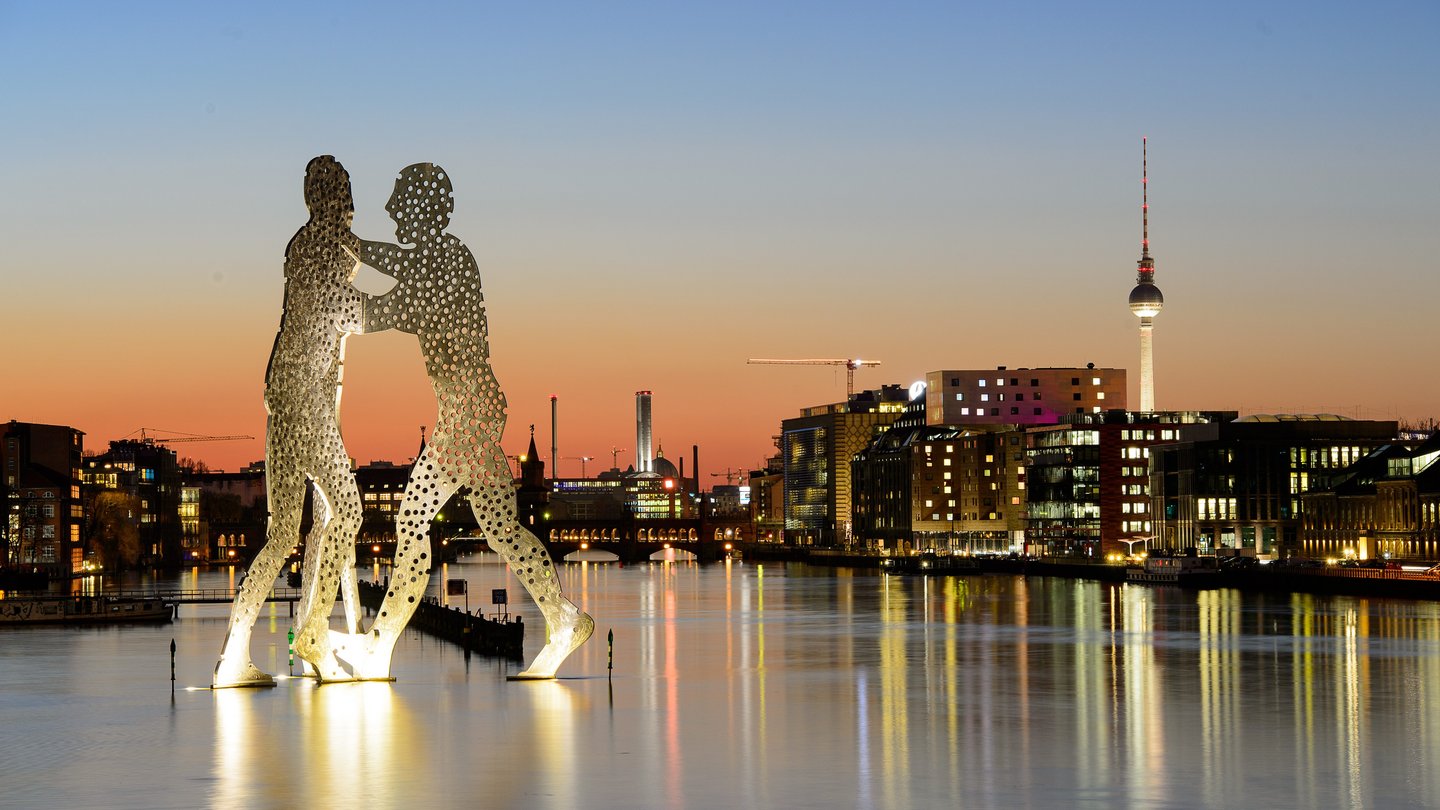Berlin, the capital of Germany and the country’s largest city, sets trends: Whether it’s sightseeing or hip neighbourhoods, galleries or gastronomy, music or fashion, there is always something new to discover in the German capital. Yet what is it exactly that makes Berlin so attractive? It is the capital’s diversity, contrasts and its virtually inexhaustible possibilities that excite visitors from all around the world.
Noted for its cultural flair, Berlin is home to the world famous Berlin Opera and Berlin Philharmonic Orchestra, while its diverse art scene encompasses hundreds of galleries, events, and museums, including those on Museum Island, a UNESCO World Heritage Site. Despite the devastation of WWII, and following decades of decay to the east of the infamous Berlin Wall, the city has been rebuilt in a way that celebrates its successes while acknowledging a dark past. Here is a list of the top tourist attractions in Berlin.



